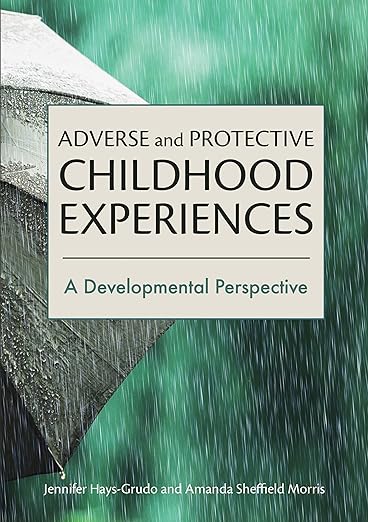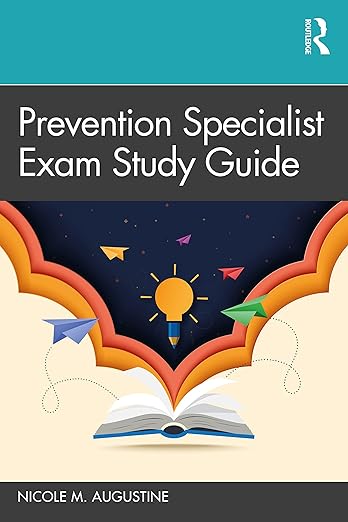Prevention
Preventing substance use in youth is key to healthy emotional, physical and social development. The brain continues to grow and develop into the early- to mid-twenties. Introducing drugs to the brain when it is still developing may cause serious changes in memory, attention, and learning that can last a long time. Students who use substances have a higher risk of failing or dropping out of school, which can lead to higher rates of unemployment. If youth develop a substance use disorder, changes in the brain circuits involved in reward, motivation, and self-control may compel them to look for and use that substance despite negative consequences.
Families and caring adults play a crucial role in determining how youth handle the lure of alcohol, cannabis, e-cigarettes, prescription drugs, and illegal substances. Parents and guardians (and adults influential in a young person's life) who speak to their children about the issues and have dinner with them on a regular basis, have children with a lower rate of use and abuse.
Protective Factors
An important goal of substance use prevention is to enhance the effects of protective factors and reduce risk factors. Some examples of protective factors include:
- Family, school, and community norms that communicate clear and consistent expectations about not using alcohol and other drugs
- Parents, teachers, peers, and community members providing recognition for effort and accomplishments to motivate individuals to engage in positive behaviors in the future
- Attachment and commitment to, and positive communication with, family, schools, and communities
- Developmentally appropriate opportunities to be meaningfully involved with the family, school, or community
Prevention Programs
Evidence-based prevention programs are designed to prevent substance use and related negative outcomes. Most strategies are designed to be delivered in specific settings, to specific age groups, and to specific populations. Prevention programs may aim to:
- Reduce risk factors and enhance protective factors.
- Help people avoid or delay the onset of drug use.
- Stop substance use from progressing into higher-risk substance use or a substance use disorder.
- Reduce harms related to substance use and misuse, such as injuries or infections.
Prevention programs can be categorized as universal (broad approaches for the public or for everyone in a certain setting); selected (for individuals or groups with a known risk factor for substance use disorders), or indicated (for individuals with behaviors that indicate they may be at risk for substance use disorders).
Sources: National Institute on Drug Abuse. 2023, September. Prevention. Retrieved from https://nida.nih.gov/research-topics/prevention on 2024, October 1.
Talk. They Hear You. 2024, May. Retrieved from https://www.niaaa.nih.gov/alcohols-effects-health/alcohols-effects-bodyon on 2024, October 1.
Get Smart About Drugs. 2024, August. Growing Up Drug Free: A Parent's Guide to Substance Use Prevention. Retrieved from https://www.getsmartaboutdrugs.gov/publication/growing-drug-free-parents-guide-substance-use-prevention on 2024, October 1.
From Our Collection
Prevention Resources
For Parents & Caring Adults:
- Talk. They Hear You.
- Growing Up Drug Free: A Parent's Guide to Substance Use Prevention
- The Partnership to End Addiction
For Prevention Professionals:
- SAMHSA
- The Prevention Technology Transfer Center (PTTC) Network
- Strategic Prevention Technical Assistance Center
In Connecticut:
- Connecticut Association of Prevention Professionals (CAPP)
- Center for Prevention Evaluation and Statistics
- Department of Mental Health and Addiction Services Prevention Unit
- Governor’s Prevention Partnership
- Local Prevention Councils
- Prevention Training and Technical Assistance Service Center
- Regional Behavioral Health Action Organizations (RBHAOs)
- State Education Resource Center
Research & Data
- Collaborative for Academic, Social, and Emotional Learning - Research
CASEL works with program providers, researchers, and other collaborators to build capacity for district-wide social and emotional learning (developing assessment tools, program selection tools, and professional development strategies). In addition, CASEL conducts research designed to understand state policies that encourage academic, social, and emotional learning.
- Connecticut Data Collaborative
Users may search by location or topic. Topic selections include: Civic vitality, Demographics, Economy, Health, Education, Housing, and Safety. The Health category includes data sets on mental health, treatment admissions, substance use, mortality, and tobacco use.
- Connecticut SEOW Prevention Data Portal
Search, view, and access 200+ indicators relevant to substance use/misuse, mental health, suicide, gambling, and social determinants of health. Explore 30+ data sets relevant to behavioral health, each with multiple visualization capabilities, downloadable data, and metadata.
- Preventing Mental, Emotional, and Behavioral Disorders Among Young People
Free brief reports for researchers & policymakers can be downloaded from this site. CT Clearinghouse has the entire book available for loan.
- Prevention Research Center
Includes links to research publications, presentations, news, and more.
- Research Data, Measures & Resources - NIDA
Links to various NIDA publications, databases, surveillance, prevention & treatment resources, and more.
Curricula & Lesson Plans
- Drug Prevention and Intervention Toolkit
From Stanford University's REACH Lab
- OJJDP Model Programs Guide
- Project Alert: Adolescent Learning Experiences in Resistance Training
Project ALERT is a free, evidence-based classroom program that teaches seventh and eighth graders how to resist drugs and alcohol.
- Selecting Best-Fit Programs and Practices: Guidance for Substance Misuse Prevention Practitioners
From SAMHSA
- Substance Abuse Prevention (Child & Adolescent) Programs
From the California Evidence-Based Clearinghouse
Videos
Podcasts
Trainings
Fact Sheets
- Buying Drugs Online: What Parents Need To Know
- Let's Work Together to Combat Prescription Drug Misuse
- Resource Guide for Behavioral Health 2025 - Spanish
- Talking With A Child About Alcohol, Tobacco & Other Drugs
- The Developmental Assets Framework
- The Developmental Relationships Framework
- Tips for Talking with a Teen About Drugs





